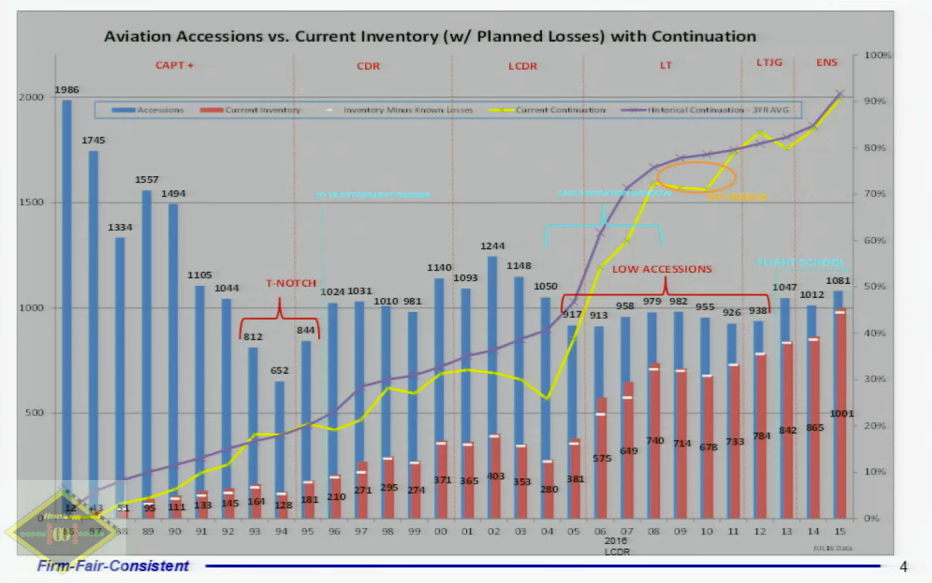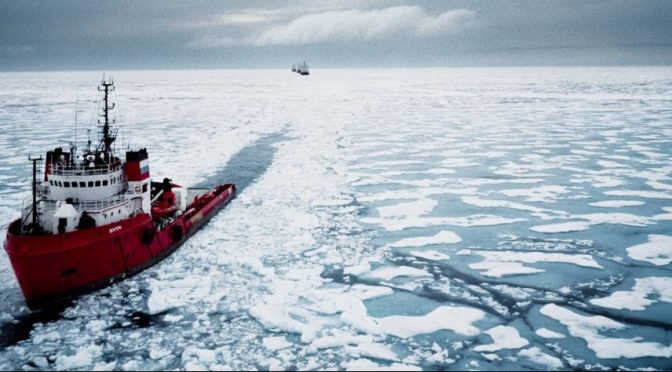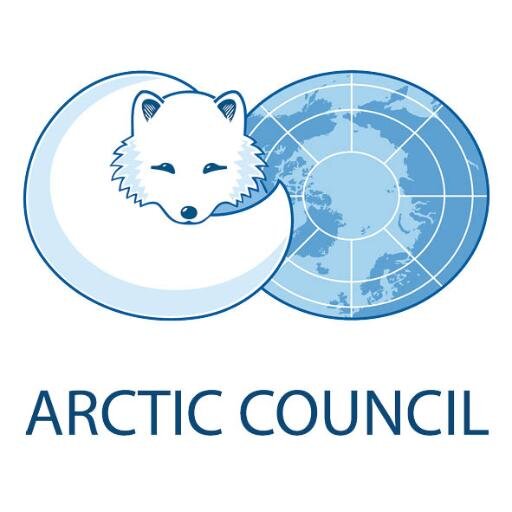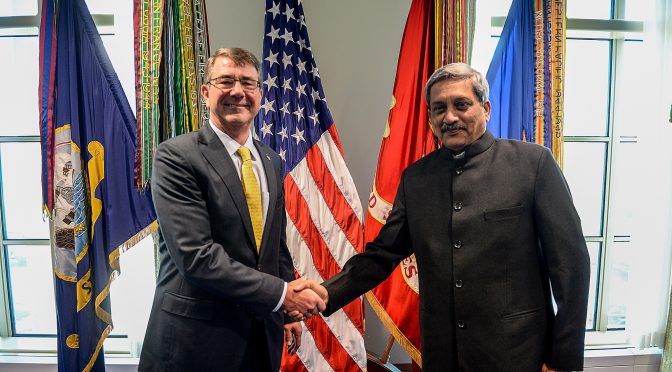By Jared Wilhelm
The Innovation Imperative
Chief of Naval Operations Admiral John Richardson frequently talks about High Velocity Learning (HVL) and Innovation. You can tell his focus on this topic is working thanks to one clear litmus test: eye rolls and mocking from some of the Fleet’s junior officers. The CNO has spread the gospel so well on this topic that is has become a buzzword throughout wardrooms and squadrons around the world, and now “Innovation” has achieved just enough notoriety to be misunderstood.
The eye-rollers are often resistant to change, cling to the status quo, and most importantly have an ahistorical perception of innovation within the naval service. What they don’t quite comprehend is that innovation is nothing new. Commander BJ Armstrong enumerated the proof of our rich innovation history in consecutive years at the Defense Entrepreneurs Forum, first in 2013 with his lecture on Admiral William Sims that led to the book 21st Century Sims, and then followed by a look at Marine Corps’ forward-thinking embrace of the helicopter in the post-WWII era.
We have innovated before, and we will innovate again. But the CNO makes the case that the quadrupling of worldwide maritime traffic in the last several decades, combined with the free and fast flow of technology and information, creates an innovation and learning imperative like we have never seen. Our maritime superiority, our relevance, and potentially even our Sailors’ survival all depend on it.
Just Do It
It can be a daunting task for an operational leader to lead innovation efforts in the context of the worldwide rise of near-peer adversaries and vague direction from the Pentagon to learn, rapidly iterate, and embrace risk. Where can you even start?
Using the old mantra, “Think Globally but Act Locally,” I decided to tackle something that everyone in our squadron, officer and enlisted alike, always unite to grumble about: meetings. You know them–they pepper the plan of the week like the last pieces of candy in a box of chocolate that no one wants to eat; they draw scowls of dread when you see another two, three, or four in your future. They all start the same with a PowerPoint slide deck, introductions, rules of engagement for the presentation itself, proposed courses of action, “quad slides,” and graphs with labels so small you have no idea what is going on.

Several months ago I heard about a best practice from the civilian industry that caught my attention: the “flipped meeting” utilized at Amazon by billionaire innovator Jeff Bezos. Could the Amazon model work at a Naval Aviation squadron? Would the time continuum explode if officers filed in to the wardroom and didn’t see a standardized PowerPoint screen projected on the wall? I walked to OPS, asked for a meeting to be put on the schedule, and decided to find out.
I used the Navy’s HVL model based on Dr. Steve Spear’s “High Velocity Edge” framework to approach the flipped meeting:
1. Define the problem: Too many meetings in our squadron are dependent on low-learning-level presentations, and almost all exclusively use Power Point.
2. Postulate a solution – and what you think its effects will be: There are countless solutions in other organizations and the corporate world on how to increase learning and co-working levels in meetings. One specific solution is the Amazon flipped meeting, which I guessed would increase learning levels at my squadron.
3. Try out a solution: We did!
4. Do a gap analysis between what you saw happen and what you thought would happen.
5. Update your approach/solution and run it again.
One Specific Solution: The Origins and Upsides of a Bezos “Study Hall”
Fortune Magazine revealed the secrets of an Amazon executive team meeting in their 2012 profile of Jeff Bezos, the founder and CEO of the tech and retail giant. Reporter Adam Lashinsky explains:
Before any discussion begins, members of the team—including Bezos—consume six-page printed memos in total silence for as long as 30 minutes…. They scribble notes in the margins while the authors of the memos wait for Bezos and his minions to finish reading…. Writing a memo is an even more important skill to master. “Full sentences are harder to write,” he says. “They have verbs. The paragraphs have topic sentences. There is no way to write a six-page, narratively structured memo and not have clear thinking.”
So instead of building PowerPoint slides and sweating font consistency, proper margins, bullet styles or punctuation uses, those privileged to brief Bezos focus on the ideas and content themselves. The genius of it is in the simplicity: the purpose of the meeting is to work together on the ideas or content, and the “flipped” meeting allows the ideas or content to be the focus, not the slide deck.
Blogger Walter Chen also identifies a second order effect of these type of meetings, one that Bezos surely intended:
The real magic happens before the meeting ever starts. It happens when the author is writing the memo. What makes this management trick work is how the medium of the written word forces the author of the memo to really think through what he or she wants to present. In having to write it all down, authors are forced to think out tough questions and formulate clear, persuasive replies, reasoning through the structure and logic in the process.
Bezos calls the memos “narratives,” and in his opinion they have many advantages over PowerPoint, as he told Charlie Rose in 2012:
The traditional kind of corporate meeting starts with a presentation. Somebody gets up in front of the room and presents with a PowerPoint presentation, some type of slide show. In our view you get very little information, you get bullet points. This is easy for the presenter, but difficult for the audience. And so instead, all of our meetings are structured around a 6 page narrative memo.
Some other advantages include:
1. Silence is golden. How many times have you presented an issue, only to see several egos in the audience try to take over or derail the brief based on their own interests? Everyone reads the narrative in silence and the discussion comes after in the Bezos “Study Hall” model.
2. No read-ahead required. Bezos believes “the act of communal reading guarantees the group’s undivided attention.” Several times in my career, I have wondered if the person I was briefing had time to review the read-ahead, or if they were getting the message I was trying to convey during the PowerPoint. In a flipped meeting, the audience has no choice but to read the narrative (unless they want to daydream).
3. Eliminating premature questions saves everyone time. “If you have a traditional PowerPoint presentation, executives interrupt,” says Bezos. “If you read the whole six page memo, on page two you have a question. By page four that question is answered.”
4. Ideas and content trump presentation polish. Sometimes, the best ideas come from those who are nervous or just-plain-bad public speakers. Other times, polished presenters with million-dollar-smiles can sell bad or incomplete concepts because they can manipulate the audience into what they want to hear. With the Amazon narrative, the content speaks for itself.
5. The meeting leader is a coworker, not lecturer. The concept of a “flipped classroom” revolutionized education, and Bezos is trying to do the same for the business world. Normally a presenter lectures the audience. An Amazon lecturer is no longer verbally “pushing” communication to the audience; instead the content is “pushed” through the narrative, and then readers can “pull” knowledge from the presenter with informed questions. This creates high rates of learning compared to the traditional model.
It seems that a flipped meeting is effective based on Amazon’s stock price and global reach. But could such a meeting work outside the confines of Silicon Valley boardrooms? Would a bunch of flight-suit wearing naval aircrew be receptive to something so far from the norm?
That Awkward Silence
My unsuspecting teammates filtered in and took seats at the conference table. I hadn’t posted “Amazon-Style Flipped Meeting” on the flight schedule because I thought it might create some sort of bias or discourage full attendance. I simply listed the topic: “Squadron Innovation Culture Workshop.” This subject especially lent itself to a flipped meeting because it was difficult to summarize our squadron’s innovation culture in a deck of PowerPoint slides.
The junior officers filled the dead space before the kick off with the usual banter and jokes. I noticed several check the clock and glance toward the powered-down and blank presentation screen as I passed out copies of the six-page narrative I’d spent the previous week perfecting. It was apparent that several were wondering why there was no laptop connected and no PowerPoint.
The top of the hour arrived and people started leafing through the document. We were still missing two important players who I knew had planned on attending. I decided to give them the usual five-minute grace period in a normal day filled with other tasks and meetings. One finally arrived, so I ventured out to the office of the last straggler, one of my fellow department heads. I told him we were about to start, but he was justifiably delayed in the midst of “putting out a fire” with an urgent travel issue requiring his attention. “I’ll be there in a few!” I knew he probably thought he could catch up with the PowerPoint when he walked in. “We can wait a couple minutes more for you before we start off…” I offered. “No, go ahead. I’ll be down there soon.”
I returned to the assembled group and quickly explained the flipped meeting, the “study hall” reading and the 20 minutes of silence. Everyone nodded in agreement and began. The most awkward part for me was the wait. In this context, 20 minutes felt like an eternity. I already knew the narrative well as the organizer and author. I read through it again while I scanned the faces of my coworkers as they made notes or flipped pages. I found a couple of punctuation errors that I had missed. And then I waited.
The most interesting thing was the late arrival of the last participant 10 minutes into the study hall. He was a bit confused to walk into a room of us all sitting there silently with no PowerPoint in sight. He then tried to catch up on reading the narrative. In the future to help all attendees get the highest rates of learning, I think it would be best to notify everyone in advance it will be a flipped meeting and that study hall will start on time.
Next, I facilitated the discussion. At first people were hesitant to express their opinions, but after a few questions by some of the other forward-leaning members of our squadron, we were well on our way to a 40-minute co-working session. By the tail of the hour the discussion was going strong and we could have continued for another thirty minutes. We decided on a collective course of action to take on the meeting’s topic and agreed on another future meeting.
“PowerPoint Makes Us Stupid.” -Gen. James N. Mattis, USMC, 2010
The backlash against PowerPoint is well documented. This repository of articles compiled by Small Wars Journal counts more than twenty leading media or blog examinations of the detrimental effects of its use. Many leaders like the now-retired General Mattis either loathe it or outright ban it; others see it as a necessary evil.
Reporter Elisabeth Bumiller’s piece about the U.S. military’s use of the program in the New York Times in 2010, titled “We Have Met the Enemy and He is PowerPoint,” seems to foreshadow the rise of Bezos’ corporate use of the flipped meeting:
Commanders say that the slides impart less information than a five-page paper can hold, and that they relieve the briefer of the need to polish writing to convey an analytic, persuasive point. Imagine lawyers presenting arguments before the Supreme Court in slides instead of legal briefs.
The most compelling defenses I’ve heard for military innovation do not involve completely new ideas or inventions. Instead they focus on finding creative best practices in sometimes-unexpected places that could be applied to military problems. Maybe “flipped meetings” won’t catch on to replace old methods completely, but they could become one tool for leaders to use when an occasional respite is needed from the groundhog-day-monotony of PowerPoint briefings.
I would encourage other leaders to challenge the status quo in your unit’s meetings. These resources by Fred Zimmerman and Walter Chen can guide you to figure out how to best write your own flipped meeting narrative.
There are myriad other ways to shake up a meeting, like using the “design thinking” approach or an organizational retreat made famous in Patrick Lencioni’s The Five Dysfunctions of a Team. The solution you use will depend heavily on the topic and purpose of the meeting. For example, it is difficult and counterproductive to attempt to give chart-centric “course rules” brief using thousands of written words when visual aids are most appropriate. Even if your first instinct is to use PowerPoint because of the visual nature of the topic, there are several alternative programs like Prezi or Haiku Deck that could bring extra engagement to your audience. The most important concept to remember is that PowerPoint is just a tool, not something good or bad. We need to focus as leaders on using whatever the appropriate tool is for the specific job, not simply revert to the familiar tool just because it is habitual or easy.
Gap Analysis
So how did my flipped meeting experiment match up to what I thought would happen when I postulated the solution? I think it was worthwhile and I’m looking forward to doing it again. I wasn’t laughed out of the squadron or told by my bosses to go back to exclusively PowerPoint meetings. I saw the light in several of my coworkers’ eyes (despite some initial uncertainty) as they scribbled on parts of the narrative and debated sections they had pulled from it. We had an in-depth discussion about our innovation culture that could have been brought about with a PowerPoint brief instead of the “study hall,” but the discussion would have been less nuanced and with less time to collaborate. Usually presentations are designed for 45 minutes with 15 minutes of questions and discussion at the end. We invested 20 minutes up front during the flipped meeting to silently immerse in the topic, leaving us more than double the discussion and co-working time.
The flipped meeting can’t be considered a complete success, though, until we are achieving high learning rates from our gatherings on a consistent basis, no matter what tool is used to get there. If I started a conversation or sparked an idea in the wardroom, it was worth it.
Every meeting I’ve gone to since, I enter the room and look at the briefer, the table and the wall. One of these days there will be no PowerPoint and a stack of six-page narratives waiting for me to pick up. Here’s to “study hall!”
Jared Wilhelm is a U.S. Navy officer and Maritime Patrol Instructor Pilot with experience in four operational theaters flying the P-3C Orion. He is a passionate writer focused on innovation and meaningful reform, all to help maintain the U.S. military’s superiority over adversaries in the short and long term. He served in Argentina as an Olmsted Scholar from 2014-2016 and won the U.S. Naval Institute’s 2015 General Prize Essay Contest. He is a Department of Defense Spanish linguist who holds masters degrees from the U.S. Naval Postgraduate School (Systems Engineering and Analysis) and the U.S. Naval War College (National Security and Strategic Studies), as well as a B.S. in Systems Engineering from the U.S. Naval Academy. The opinions expressed are his alone and do not reflect the official position of any other entity or organization.
Featured Image: U.S. Navy photo by Mass Communication Specialist 3rd Class Jackie Hart.






